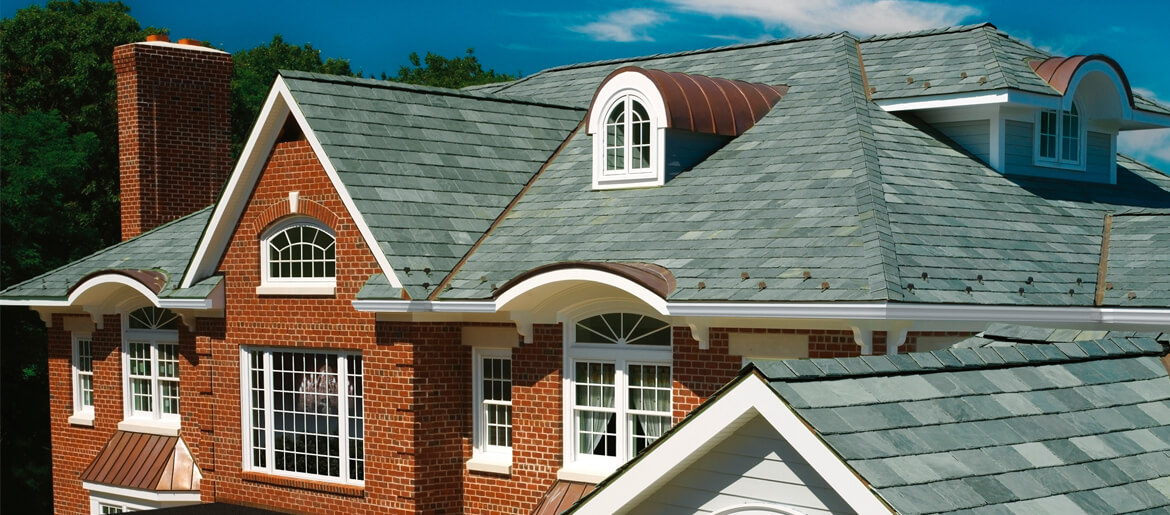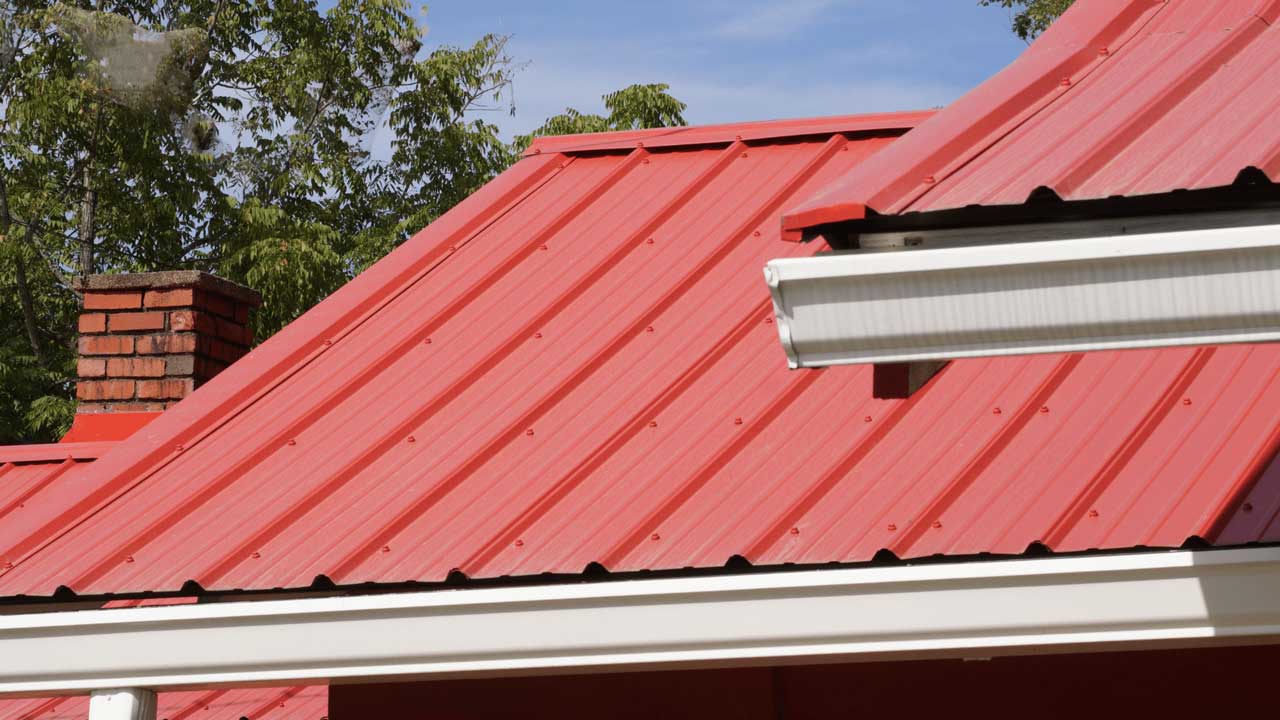Gutters are a vital component of the home’s roofing system. They direct water away from the foundation and protect against flooding, erosion, and other damage. Proper maintenance is necessary to ensure gutters remain in proper working order.
This article will discuss how to identify common problems with gutters and provide useful advice for fixing them. It will also discuss some preventative measures that can be taken to keep gutters functioning optimally over time.
By following these steps, homeowners can save money on repairs while ensuring their house remains safe from water-related damage.
Identifying Clogged Gutters
Gutter maintenance is important for protecting the home from water damage.
Checking gutters regularly for debris and blockages, such as leaves, twigs and other organic matter, can help prevent overflowing water which may cause structural issues or flooding.
The most common area of clogging in a gutter system is at the downspout.
To check if this part of the gutter system is blocked, it’s necessary to run a hose on the roof and ensure that water flows freely through the spout.
If there is any obstruction causing overflow, it should be identified and cleared immediately with a garden trowel or scoop.
Using gloves while cleaning ensures safety against sharp objects like sticks or nails that may have been washed into the gutters by stormwater runoff.
Diagnosing Faulty Downspouts
Once a clogged gutter has been identified, the next step is to diagnose faulty downspouts.
Downspouts are an integral part of any gutter system as they divert runoff away from the foundation and basement areas of structures. Without functioning downspouts, water can easily damage walls, windowsills, and other structural components.
Diagnosing faulty downspouts requires inspecting joints for signs of rust or corrosion as these conditions can lead to leaks or blockages in the system. Additionally, it is important to look for sagging sections that may indicate weak points in the structure where water will collect instead of flowing away properly. If necessary, additional supports should be added at strategic locations along the length of the downspout.
These simple steps can help ensure that rainwater is diverted away from the building correctly and reduce potential problems associated with standing water near foundations. Inspecting gutters and downspouts on a regular basis can help prevent costly repairs due to improper drainage caused by clogs or damaged systems.
Regularly cleaning out debris such as leaves and twigs helps keep flow unobstructed while examining connections between pipes ensures that no leakage occurs through rusty seams or loose fittings. Taking preventive measures like these goes a long way towards protecting your property against water damage resulting from malfunctioning gutters and downspouts.
Repairing Loose Gutters
Gutters are an important component of any building, helping to prevent water infiltration and damage. It is essential to inspect gutters regularly for signs of wear or looseness.
One common issue with loose gutters is that the seals between sections may be failing. To check for this problem, start by examining each seal visually for gaps, cracks, or signs of decay. If a seal appears to be damaged, it needs to be replaced as soon as possible.
Another potential cause of loose gutters can be due to missing nails or screws. Look over all fasteners in the gutter’s mounting system and replace any worn out ones immediately. This will help keep the structure secure while also ensuring there are no leaks coming from above.
Additionally, take care not to overtighten screws or nails when replacing them so as not to stress the underlying material too much. In light of these steps taken properly, fixing common problems with gutters should ensure they remain functional and safe for years to come.
Inadequate Slope Issues
Gutters are an important part of a home’s exterior drainage system, and can easily become damaged or clogged from debris.
One common problem that arises is inadequate slope issues resulting in leaky joints. Improper installation often causes this issue – gutters must be installed at the proper angle to ensure adequate runoff.
To resolve this problem, it is important to inspect the gutter for any signs of improper installation such as incorrect angles or saggy sections. If these signs are present, professional help may need to be sought out in order to properly adjust the angles and repair the joint connections.
Cleaning out any debris buildup will also help prevent further problems with water run-off.
It is essential that a home’s gutters function correctly in order to protect its foundation from flooding and other damages caused by poor drainage systems.
Regular maintenance should always be performed on gutters in order to identify potential problems early before they worsen over time.
Ensuring that your gutter has been professionally installed with correct slopes is key for avoiding costly repairs down the road due to faulty installations and leaky joints.
Taking responsibility for inspecting and cleaning your own gutters regularly will go a long way towards keeping them functioning optimally all year round.
Addressing Sagging Gutters
The next step in addressing common gutter problems is to address sagging gutters. Sagging gutters can be caused by improper installation or the accumulation of debris and water, which adds weight to the system over time.
If a homeowner notices that their guttering is starting to sag, they should start by checking the drainage system for any blockages. Blockages can cause extra stress on the fasteners holding up the gutters, leading them to become loose and eventually come out of alignment.
If there are no blockages present, then it is important to replace any missing or damaged fasteners with new ones that fit properly. Fastener replacement will ensure that your gutter system maintains its proper shape and structure so that it functions optimally for years to come.
Homeowners might also consider installing additional support braces if needed, as this can help prevent further sagging in areas prone to heavy rainfall or snowfall. In addition, cleaning out leaves and other debris regularly helps keep gutters functioning at peak performance while preventing potential damage from clogs or excess weight buildup.
Investigating Leaks And Gaps
When investigating problems with gutters, it is important to analyse the damage that has been done and check seals for leaks.
It can be helpful to use a ladder or other appropriate tool to inspect all parts of the gutter system. If any corrosion or rusting is present, then this should be removed as soon as possible.
The joints between sections need to be checked carefully for gaps which may require resealing and repairing if necessary.
It may also help to investigate areas where water pools on the ground around the house, as this could indicate an issue within the gutter system.
Furthermore, checking downspouts and outlets for blockages caused by debris such as leaves will ensure that water flows freely away from your home.
Regular maintenance checks are essential in order to identify any potential issues early before they become more serious problems requiring costly repairs or replacements.
Preventative Maintenance Strategies
Gutters play an important role in protecting a home from water damage. To ensure that the gutters are functioning properly, it is recommended to perform regular inspections and maintenance on them.
Scheduled inspections can help identify small problems before they become larger issues. Early detection of potential problems allows for preventative measures to be taken, which can save homeowners time and money in the long run.
A few simple steps should be taken during routine gutter maintenance. It is important to check for any debris such as leaves, twigs or dirt that may have built up inside the gutter over time. If present, this debris must be cleared out so that the rainwater can freely flow through the system without obstruction.
Additionally, all visible parts of the gutter should be checked carefully for signs of rusting or corrosion. If any evidence of deterioration is found, immediate action must be taken to address these areas with appropriate repair materials or replacement components if necessary.
Regularly scheduled maintenance and inspections are essential for keeping gutters free from clogs and other damages caused by wear and tear over time. With proper upkeep and care, homeowners can protect their homes from costly repairs due to water damage while enjoying peace of mind knowing their gutters are functioning optimally at all times.
Conclusion
Gutter maintenance is an important part of keeping a structure in good condition. Identifying clogged gutters, diagnosing faulty downspouts, repairing loose gutters and investigating leaks and gaps are essential to ensure the system works well.
Additionally, inadequate slope issues and sagging gutters should be addressed as soon as possible for effective performance. Preventative maintenance strategies can help reduce more serious problems from arising with regular inspection and cleaning.


